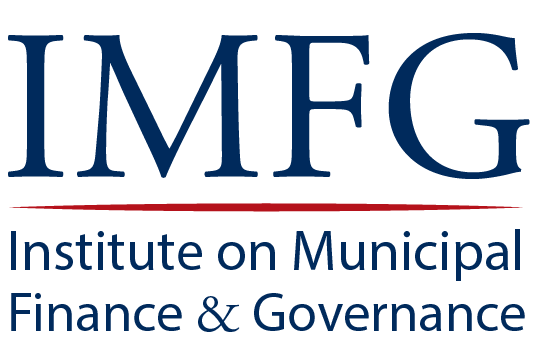Trading Density for Benefits: Toronto and Vancouver Compared
This paper describes and evaluates the process for negotiating and distributing density for benefit agreements (DBAs) in Toronto and Vancouver. Density for benefit agreements allow municipalities to secure cash contributions or amenities from developers in return for allowing developers to exceed currently prevailing height and density restrictions. The City of Toronto secures such contributions through Section 37 agreements, while Vancouver uses agreements known as Community Amenity Contributions. This paper examines how the two cities determine the values of these agreements; what type of benefits the cities secure from developers; how the cities determine which type of benefits to secure; and who benefits from the agreements. It also compares the use of such agreements in the two cities to the three most common rationales invoked to justify their use: sharing the wealth created by development, funding related infrastructure upgrades, and compensating those negatively affected by the development. The analysis shows that the process of negotiating DBAs is inherently lacking in transparency and that there are valid arguments either for abolishing DBAs altogether, or for replacing them with alternative tools such as inclusionary housing provisions.
